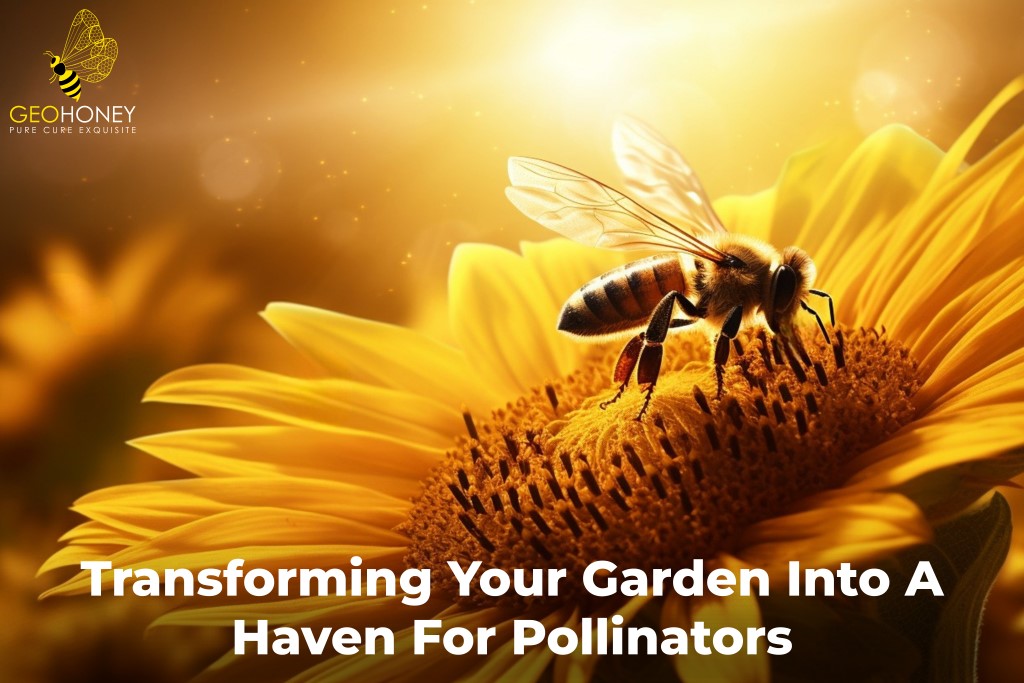- Tokyo: 12:34
- Singapore: 11:34
- Dubai: 07:34
- London: 03:34
- New York: 22:34
Transforming Your Vegetable Garden into a Haven for Pollinators

As the temperature rises, many individuals eagerly anticipate the opportunity to cultivate their own vegetable gardens. Imaginations run wild with visions of plump tomatoes, vibrant peppers, and sprawling squash vines adorned with colorful blooms. The key to turning these garden dreams into reality lies in creating a welcoming environment for pollinators within and around your vegetable patch. By illuminating a metaphorical neon welcome sign, your garden will buzz with the activity of these winged helpers, enhancing pollination, increasing yield, fortifying resistance against pests, and promoting local biodiversity.
While various insects like flies, beetles, and butterflies may be seen flitting from flower to flower, bees play a crucial role in the pollination process. The sight of honeybees delicately pollinating squash flowers may seem straightforward, but the intricacies of pollination depend on the specific needs of each flower. While honeybees often steal the spotlight in discussions about pollinators due to their versatile pollination behavior, it is essential not to overlook the vital contributions of native bees.
Native bees, with their synchronized life cycles and behaviors tailored to the blooming periods of native plants, offer a more efficient pollination partnership. These bees, especially specialists like the squash bee, play a significant role in pollinating specific plant species or genera. Supporting these specialized pollinator relationships can lead to effective and comprehensive pollination in both flower beds and vegetable gardens.
To attract a diverse range of pollinators to your garden, consider incorporating the following tips:
1. Plant pollinator-friendly species, both perennials like Anise hyssop and Coneflower, as well as annuals like Basil and Sunflower, in and around your vegetable garden.
2. Ensure a continuous food source for pollinators by selecting plants that bloom at different times throughout the growing season.
3. Opt to delay garden cleanup to provide nesting sites for native bees, such as dead stems and sticks.
4. Instead of regular mowing, consider strategic string trimming to maintain tidy garden edges while preserving wild central areas for habitat.
5. Practice careful pesticide usage by avoiding broad-spectrum and systemic pesticides, applying treatments in the morning when pollinator activity is low, and educating yourself about common pests and diseases in your garden to minimize chemical impact on the environment.
By implementing these strategies, you can create a flourishing ecosystem in your vegetable garden that not only benefits your crops but also supports the essential work of pollinators in sustaining local biodiversity.
Source: pilotonline.com




Beautiful gardens, attract beautiful pollinators.